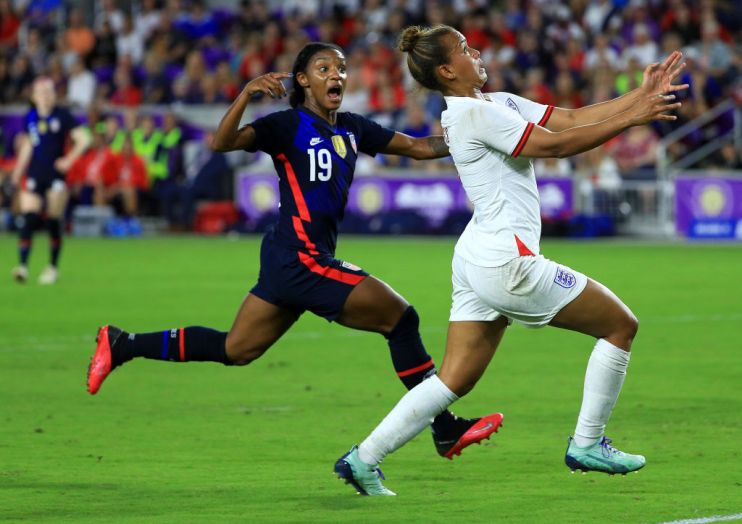Why women’s sport will hit £1bn and the tech tools trusted by pros will go overground in 2021

Paul Lee, global head of technology, media and telecommunications research at Deloitte, forecasts two major growth areas for sport in 2021.
Women’s sports
Deloitte predicts that revenue from women’s elite sports will be almost £1bn in 2021.
The start of the 2021-22 season will kick off a record period for women’s sport attendance, TV audiences and revenues as the rising fan base for women’s sports collides with pent-up demand for live sporting events and social distancing measures relax.
During the 2021-22 season, we expect that record TV audiences will be seen for the Women’s Rugby World Cup, football’s postponed Women’s Euro 2021, now scheduled for 2022, and the W Series, as the women-only motor racing competition is added to the support bill of eight Formula 1 grands prix in 2021.
TV rights for showing women’s sport events are already rising worldwide and record audiences are likely to drive this further.
Sponsorship for women’s sports teams is also likely to reach new heights.
While women’s sports make up just a small fraction of the global sports sponsorship market, which is valued at about £35bn per year, strong TV and matchday audiences will encourage more brands to consider sponsoring women’s sports.
The nascency of the market is likely to make women’s sports better value for money than men’s equivalents and, beyond monetary terms, create an opportunity for brands to show their support for gender parity.
For the market to fulfil its potential it will require investment from broadcasters and sponsors alike. Women’s teams must position themselves alongside their men’s teams equivalent, but also keep their distance.
What’s clear is that women’s sports will bring immense value to brands, fans and players in the years ahead but change takes time.
It may take a decade, or even a generation, for women’s sport to attain its full potential. However, the 2021-22 season is poised to be the time that the blue touch paper will be lit for women’s sports.
Video analytics
Over the course of 2021, Deloitte predicts that more than 10,000 athletes will use video analytics regularly to improve their performance.
Coaches have long relied on video footage but have had to review this manually. In 2021, artificial intelligence-enhanced video analytics will become available to a much wider range of teams thanks to the fast falling cost of technology.
The technology may have been around for a long time, but historically this capability was only available to the best resourced teams. It is now more affordable than it’s ever been, with trainers able to pair smartphones with free software.
In 2021, the technology will provide an eagle-eye for hundreds more coaches in the UK, detecting easily, for instance, where players fall out of position, shooting accuracy and raw speeds.
On an individual performance basis, video analytics will track a player’s performance over time and analyse the set-up in which players make a successful shot – the distance and angle from which they’re shooting from and their proximity to other players.
In 2021, major sports leagues such as the English Premier League, the Bundesliga or the NCA are likely to use increasingly sophisticated analytics capabilities. Semi-professional teams too will also start to use these techniques to improve their play.
Marginal gains often make the difference between winning and losing a game and sports coaches will be looking to video analytics in 2021 to act as their secret weapon. By 2023, it’s likely that 100,000 athletes across the UK will be seeing the benefits.